
Register a SNAP EBT card with Amazon
Achaemenid Torque (Pectoral) with a Pendant Depicting a Battle
Miho Museum, Shigaraki, Japan
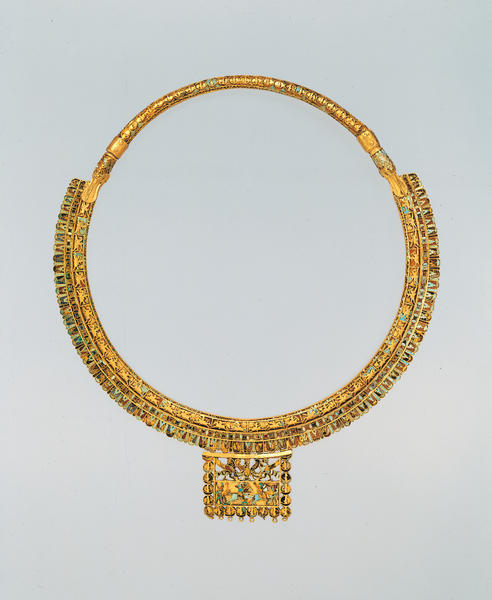
Picture source: Miho Museum, Shigaraki, Japan
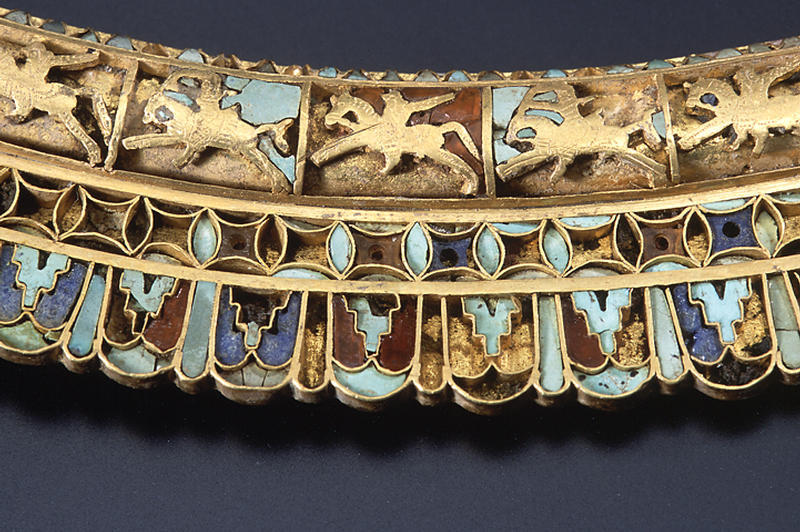
Picture source: Miho Museum, Shigaraki, Japan
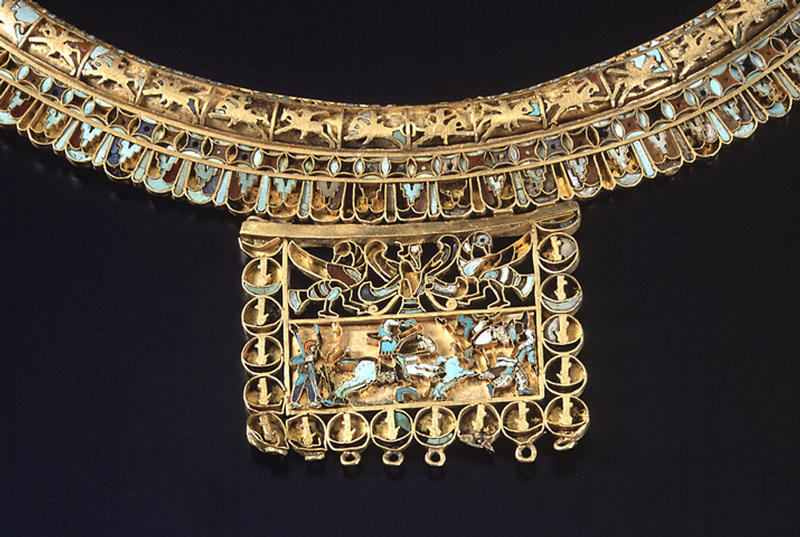
Picture source: Miho Museum, Shigaraki, Japan
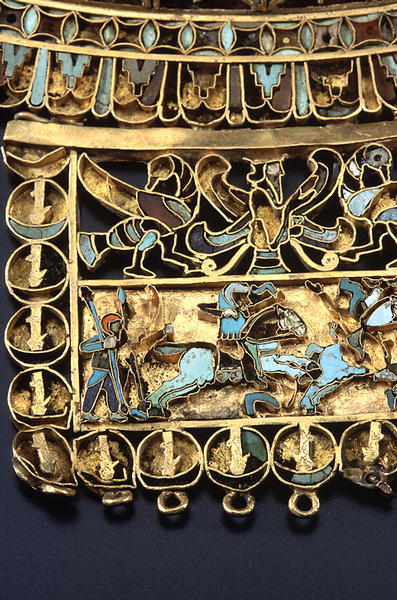
Picture source: Miho Museum, Shigaraki, Japan
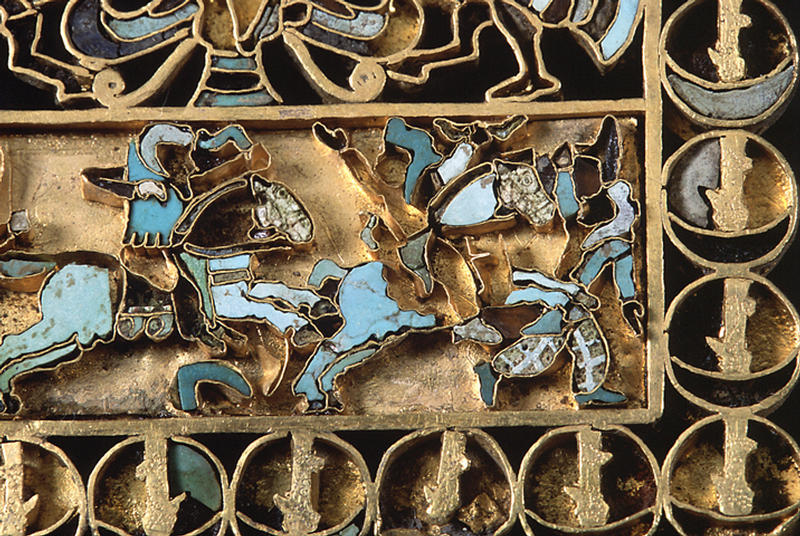
Picture source: Miho Museum, Shigaraki, Japan